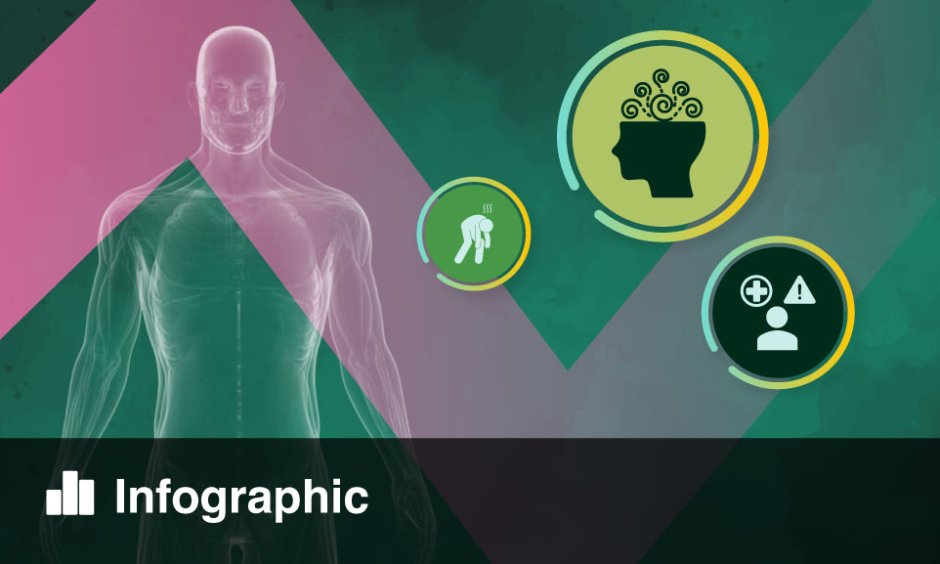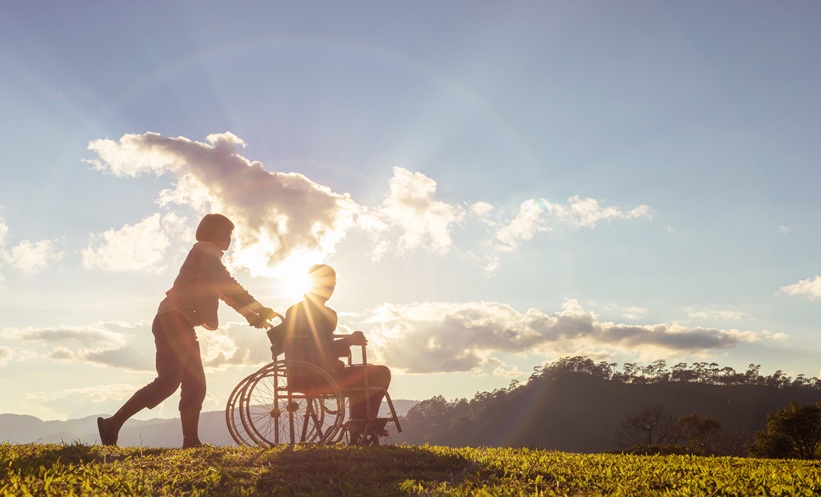Author: Evgenia Koutsouki, Editor
Citation: EMJ Neurol. 2022;10[1]:16-19. DOI/10.33590/emjneurol/10114133. https://doi.org/10.33590/emjneurol/10114133.
![]()
This year’s European Academy of Neurology (EAN) Congress offered a plethora of sessions in different areas of neurology. Of particular interest were the plenary sessions offering insights into the biological basis of the mind and mechanisms of Alzheimer’s Disease (AD), as well as the presentation of the new guidelines for invasive therapies in Parkinson’s Disease (PD).
THE INTERSECTION OF NEUROSCIENCE AND NEUROLOGY
This year’s plenary lecture at the EAN Congress was given Susan Greenfield, Neuro-Bio Ltd, Abingdon, UK, who focused on the intersection of neuroscience with neurology. In her talk, Greenfield stated that the biological basis of the mind is the personalisation of the brain through unique dynamic configurations of neuronal connections, which are driven by unique experiences. Greenfield explained that a stimulating environment will increase the extent of the dendrites in the human brain, thereby facilitating the formation of connections that help the brain to make the transition from a sensory state to a cognitive one.
Greenfield went on to explain the differences between a sensory and cognitive state. A sensory state of mind is when the mind is dominated by external stimuli and is a state driven by dopamine action, which acts as an inhibitor for the pre-frontal cortex and enables an individual to be the passive recipient of their senses. This is a very prominent state for infants and children, who have high levels of dopamine. In contrast, a cognitive state of mind is mostly encountered in adults who have formed the necessary connections in the brain to be able to navigate the world and looking beyond face value. In a cognitive state, the mind is dominated by internal stimuli and is characterised by lower levels of dopamine. Contrary to the cognitive state of mind, a proactive state is observed in a cognitive state of mind.
New Frontiers in Alzheimer’s Disease
Greenfield also discussed a novel approach to AD that moves away from the amyloid hypothesis, which prevailed until recently. Greenfield suggested that the amyloid feature is a downstream effect and not the core driver in the brain in AD, and went on to present research suggesting that a hub of cells in the brain, termed the isodendritic core, might show early vulnerability to AD neurofibrillary lesions and could be the primary cells lost in AD. This hub could, therefore, represent a unique candidate for a viable therapeutic intervention.
The isodendritic core shows robust plasticity and high sensitivity to environmental factors. Greenfield suggested that the enzyme acetylcholinesterase, which can be found in areas where there is no cholinergic transmission, seems to be function through the vulnerable areas in AD as a signalling molecule. Research from Greenfield’s laboratory has identified a peptide called T14, which might be the salient part of acetylcholinesterase that is active in promoting functions outside the cholinergic transmission, which are seen in primarily vulnerable cells. Low levels of T14 can drive cell growth, whereas it can become toxic for the cells in high levels. This toxicity can also be influenced by the duration of application but, more interestingly, can be affected by age. As shown in the case of an agent such as calcium, which is normally a trigger for growth. In a mature system, it can be taken up by the mitochondria where it compromises electron transport; the formation of free radicals; and destabilises the membranes, resulting in death. An agent that might, in developmental ages, be a trophic agent, can be toxic in the context of age. Greenfield then went on to suggest that “neurodegeneration is an aberrant form of development with T14 as the crucial feature.”
Hub cells selectively retain a growth mechanism driven by T14, which is normally only active during brain development. If these cells are damaged, T14 is mobilised to compensate and, in a mature adult, this develops and mental mechanisms turn toxic. Cognitive impairment starts when the toxicity spreads to the hippocampus and cortex; this is when people present for diagnosis.
Greenfield’s group aims to develop a biomarker that detects degeneration before symptoms appear and they are examining T14 as a pre-symptomatic biomarker. Preliminary data from Greenfield’s laboratory have demonstrated an increase in T14 brain levels at the pre-symptomatic stage. Greenfield’s group aims to develop a saliva test or skin biopsy to reflect progression of AD before the onset of symptoms. They are also developing a drug to block T14 called NBP14, which is a cyclated version of T14 and acts by displacing T14. This has been tested in mouse models and demonstrated encouraging results.
In her closing remarks, Greenfield highlighted the importance of the partnership between neuroscience and neurology, stating that this is the kind of science that we can expect to bear fruits.
GUIDELINES FOR INVASIVE THERAPIES IN PARKINSON’S DISEASE
In a session presenting the new neurological guidelines, Katarzyna Śmiłowska, Department of Neurology, University Hospital Schleswig-Holstein (UKSH)-Kiel Campus, Christian-Albrechts-University, Germany, summarised the guidelines on invasive therapies for PD management, which were formed in collaboration with EAN and the European Section of the International Movement Disorders Society (MDS-ES). In what is a first for PD, these guidelines cover all invasive therapies, both lesional and non-lesional. The approaches included are deep brain stimulation (DBS), pump therapies, and lesional therapies such as radiofrequency thermocoagulation and radiosurgery magnetic resonance imaging–guided focused ultrasound surgery (MRgFUS).
The first strongest recommendation of the guidelines, explained Śmiłowska, is to use DBS of the subthalamic nucleus (STN) for advanced PD with medically unresponsive fluctuations or medically unresponsive tremor if fluctuations or tremor are not satisfactorily controlled with medication or cannot be controlled with medication. The data demonstrate that STN-DBS probably results in a large improvement on quality of life (QoL) and activities of daily living, as well as in motor impairment, with a moderate increase in ‘on’ time and moderate reduction in daily ‘off’ time.
Another strong recommendation is that STN-DBS should not be offered to people with early PD without fluctuations, as the data failed to show a difference in critical outcomes for the DBS group. The change in medication from baseline to 24 months was not significantly different between DBS and the best medical treatment.
Other recommendations in different subtypes of patients include to consider offering STN-DBS to people with early PD and early fluctuations. For advanced PD with fluctuations, both STN-DBS and globus pallidus pars interna-DBS are effective in treating symptoms, but there can be a higher reduction in dopaminergic medication with STN-DBS.
Regarding pump therapies, the use of levodopa or carbidopa intestinal gel infusion resulted in a significant improvement in activities of daily living and QoL. These results were compared with oral treatment, and the recommendation is to consider offering levodopa/carbidopa intestinal gel infusion for people with advanced PD if fluctuations are not satisfactorily controlled with medication.
Apomorphine infusion for advanced PD demonstrated no relevant effect on QoL, or the motor score in the on condition; however, there was a moderate improvement in the daily on time without troublesome dyskinesia in the apomorphine group compared with MD. Therefore, the recommendation is to consider offering an apomorphine pump infusion for people with advanced PD if fluctuations are not satisfactorily controlled with medication.
The final recommendation is to consider offering unilateral pallidotomy with radiofrequency thermocoagulation to people with advanced PD who experience troublesome fluctuations, and for whom DBS or pump therapies are not treatment options.
Invasive Therapies Are Not Supported by Evidence
The recommendations also include a number of clinical consensus statements to summarise recommendations for therapies that are not supported by randomised controlled trials (RCT).
The taskforce does not recommend unilateral radiofrequency thermocoagulation of the thalamus for parkinsonian tremor or advanced PD if safer treatments are available, due to the lack of data from RCTs. For the same reasons using unilateral radiofrequency thermocoagulation of the STN is not recommended for people with PD. Lesioning of the STN with radiofrequency thermocoagulation is also not recommended due to lack of RCTs.
RCTs for unilateral gamma radiation radiosurgery of any of the three target nuclei are not available for people with PD; therefore, this again not recommended as a treatment. Despite promising preliminary data, the recommendation is that unilateral thalamotomy with MRgFUS; however, should only be applied within clinical studies or registries for thalamus or medically resistant tremor in PD due to the lack of sufficient RCTs. Similarly, unilateral pallidotomy with MRgFUs is not recommended for pallidum in advanced PD with fluctuation outside clinical studies. Regarding unilateral lesioning of the STN with MRgFUS, there are still limited data on this new treatment, so the recommendation is to only use it in people with distinctly unilateral PD, and only within clinical studies or registries.
In her closing remarks Śmiłowska thanked the members of the guidelines taskforce and remarked that she believes that a challenge that healthcare professionals face is that not all treatment options are available in every country; therefore, this could pose a challenge for these recommendations in practice.








